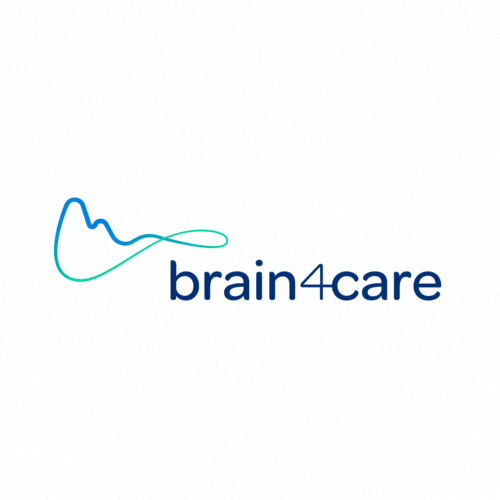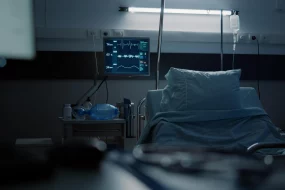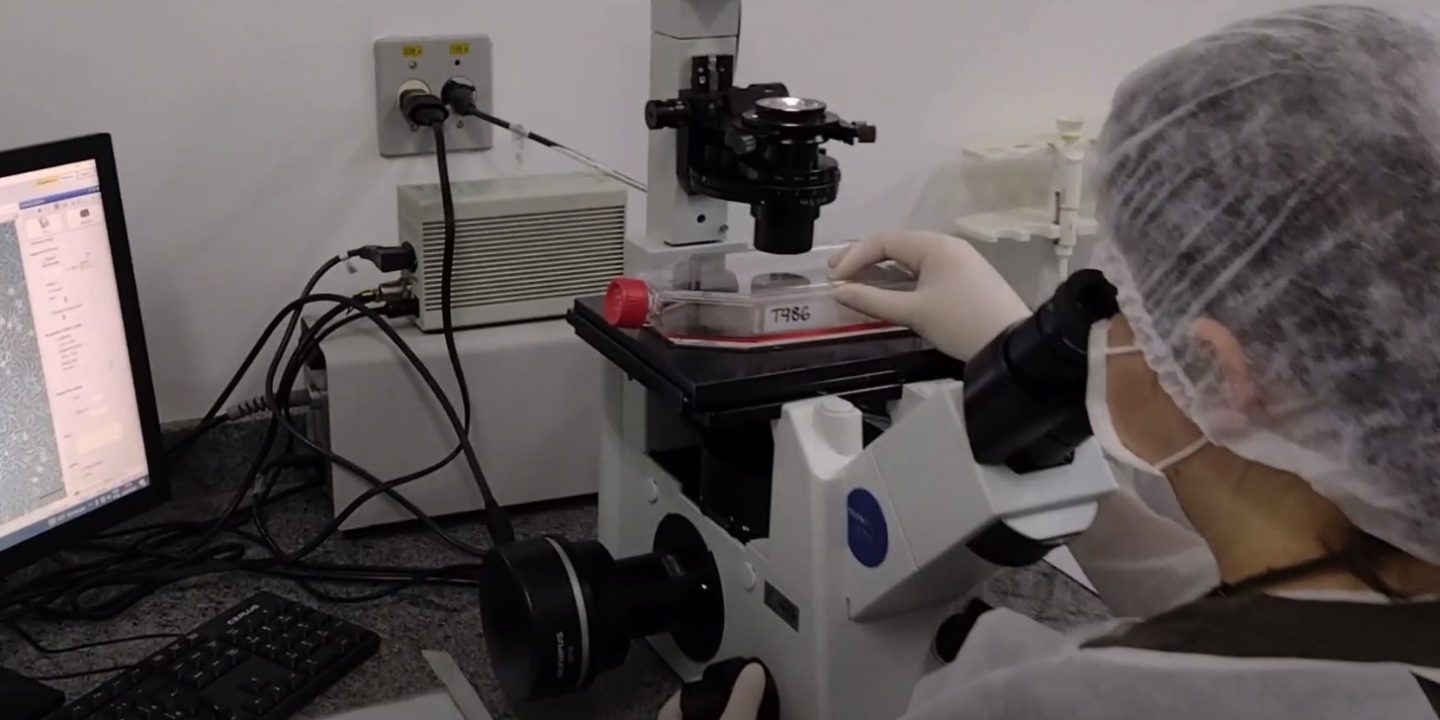
The study had identified 31 altered tumor genes; the information can help medical teams on finding the most suitable treatment
A research conducted at the Faculty of Pharmaceutical Sciences of São Paulo State University (UNESP) in Araraquara, Brazil, in partnership with the Cell Therapy Center (CTC) of Ribeirão Preto, University of São Paulo (USP), discovered 31 new genes/biomarkers of glioma, the type of brain cancer more common, lethal and prevalent in adults. Published in the journal Frontiers in Oncology, the article is authored by Rodolfo Bortolozo Serafim, Wilson Araujo Silva Junior and Valeria Valente, among other researchers.
In 2020, there were around 200,000 deaths worldwide from glioblastoma, the most aggressive of the brain gliomas. Currently, according to data from the National Cancer Institute (Inca), in Brazil 5,800 new cases of tumors are diagnosed every year, with an estimated mortality rate of 5.49,000 – that is, with greatly reduced survival expectations. “Although brain cancer is one of the lowest incidence, with 2% to 3% of cases, patients have little chance of cure, unlike, for example, breast cancer”, explains biologist Valeria Valente, associated with the CTC and professor at the Faculty of Pharmaceutical Sciences at UNESP.
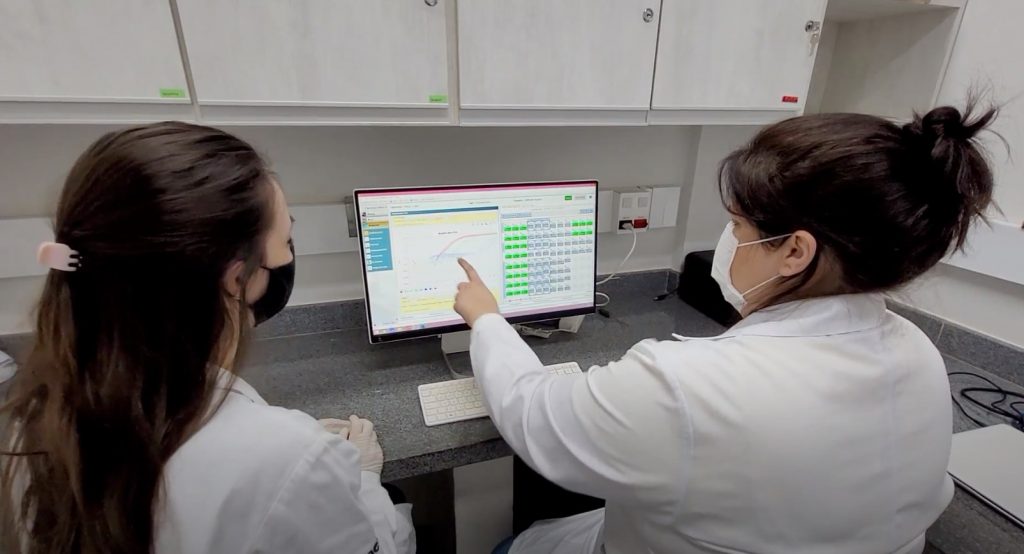
Tumor recurrence
“One of the ways in the fight against brain cancer is to try to understand what are the alterations in the functioning of the genes involved in the formation of tumor cells”, highlights Valente. “Throughout life, mutations accumulate in cells naturally and this natural process expands with aging. However, if a set of mutations that has been accumulated promote a malfunction of the cells, leading to uncontrolled proliferation, a cancer will appear”, she observes.
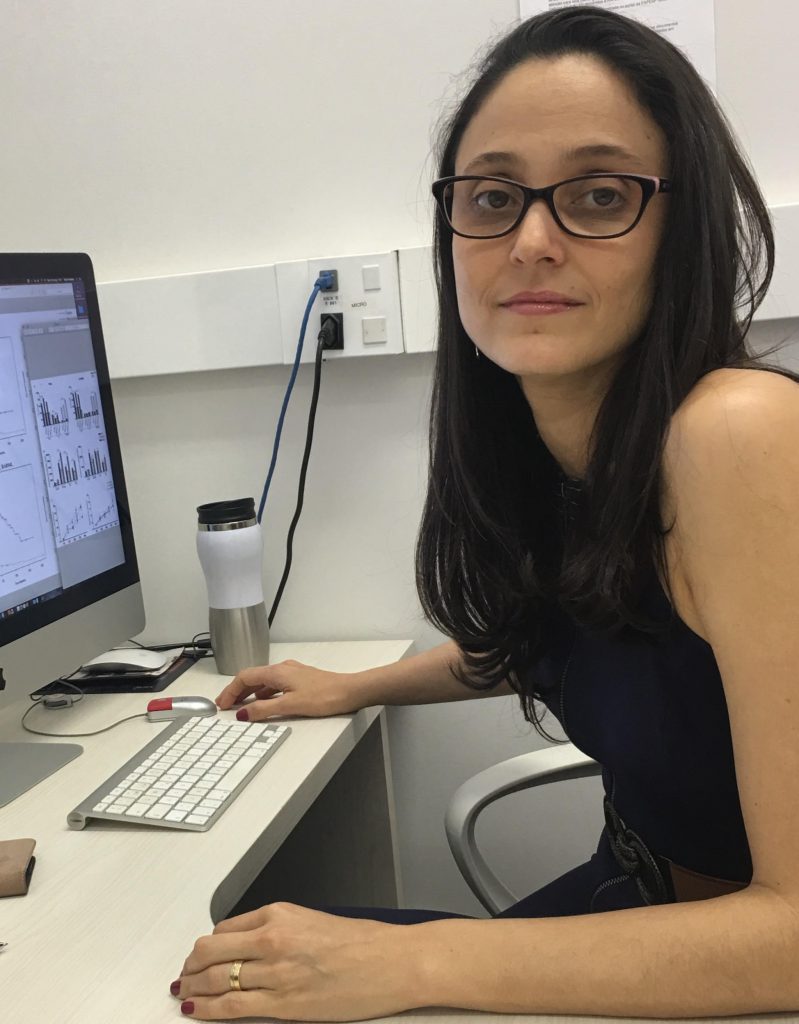
A glioma patient is currently treated with surgery to remove the tumor, followed by chemotherapy and radiotherapy sessions, or both, according to each case. Valente says that the challenge for doctors is to try to prevent the recurrence of the tumor, eliminating what cannot be removed during surgery. However, due to the resistance of tumor cells to treatment, the survival rate of patients tends to be low. Approximately 80% of patients undergoing radiotherapy relapse within 14 months after treatment.
Step by step
The group’s study was performed with models of cell lines derived from tumors and grown in the laboratory. Of this set, two strains were much more resistant to radiation, and of lesser proliferation; and two more sensitive, with greater proliferation, but when subjected to radiation, with more mortality. An analysis of the global gene expression pattern of these cells was then carried out to find out which genes are active in each of these strains, that is, what they are producing, expressing etc.
From the comparison between cells, resistant strains showed a set of genes with increased expression, that is, with greater activity than in sensitive cells. This set of genes proved to be common to the two resistant cells. There was a set of alterations in the two resistant strains that was not present in the sensitive ones. Resistant cells expressed a larger set of genes than sensitive ones. A series of tools were used to assess the role of each gene, what kind of function it has, what alterations it can cause in the cells, etc.
Results
From the results obtained in the laboratory, possible associations between the typical alterations of resistant strains and patient data were investigated. The laboratory data were then compared with information available in public cancer databases (The Cancer Genome Atlas – TCGA), which have gene expression and clinical information on patients with glioma undergoing radiotherapy – and it was found that some patients have the frame increased and others not. Precisely those who have an enlarged picture do not respond well to radiotherapy. Thus, a signature of 31 genes correlated with low treatment efficiency was identified.
In the group of 31 genes identified in the study as associated with radio-resistance, it was found that any combination of at least 21 of them conferred a risk of less than five years survival of greater than 90%. Other 7 specific genes were also found that, when increased, promote increased lethality, regardless of the treatment to be adopted.
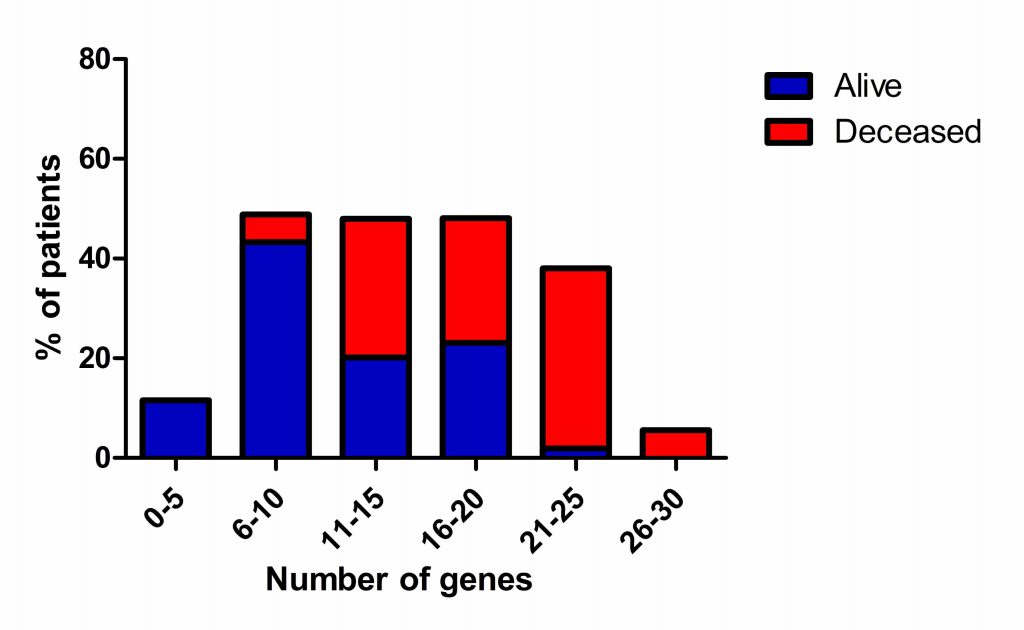
“With the discovery of these 31 genes, the expectation now is to be able to assist medical teams in choosing the most appropriate treatment approach. According to the genetic analysis of the glioma, it will be possible for the doctor to find out which patient should or should not undergo radiotherapy”, highlights Valeria. The next steps in the research will now be to try to better understand the cellular processes regulated by each of the 31 genes and explore the gene signature obtained in this study in other types of tumors, such as head and neck tumors, another type of cancer quite resistant to radiotherapy.
Authorship and funding
The CTC is one of the Research, Innovation and Diffusion Centers (CEPIDs) funded by FAPESP and is headquartered at the University of São Paulo (USP), in Ribeirão Preto. The academic work was also supported by the Foundation through scholarships and Regular Research Assistance.

